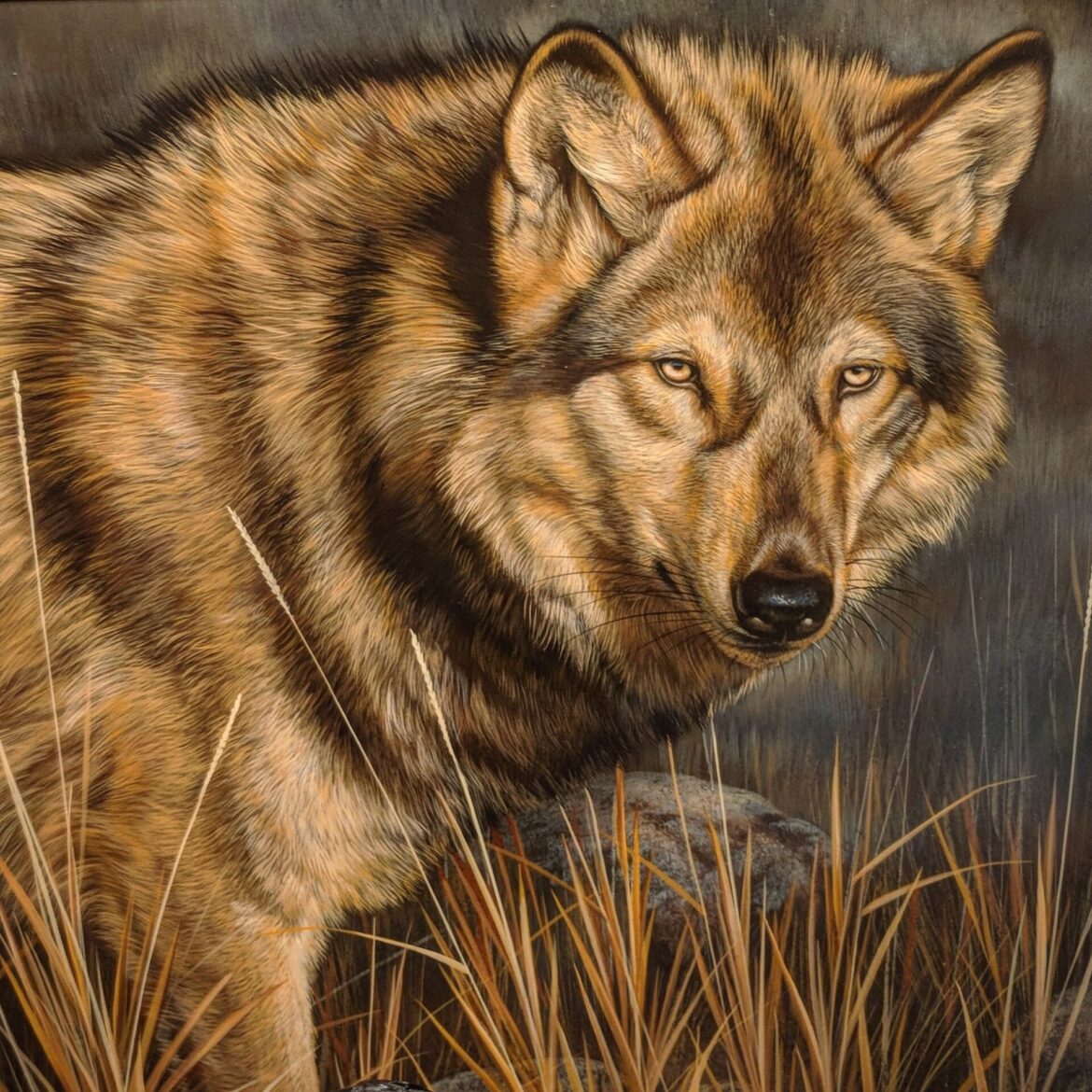In Yellowstone’s Lamar Valley, where the landscape stretches in quiet vastness, I watched a pack of wolves move with an eerie patience. Their hunt was not a frantic pursuit, but a study in calculation, an exercise in control.
The small herd of elk grazed in the distance, unaware—at least for now. The wolves observed, their bodies low to the ground, eyes fixed. They were in no hurry. A successful hunt depends on restraint as much as speed, and here, in the open terrain, strategy mattered more than brute force.
They began their approach slowly, positioning themselves with quiet intent. Some flanked wide, nearly vanishing into the rolling hills, while others held their ground, waiting. They were testing, reading the movements of the elk, sensing any weakness. The smallest hesitation in an elk’s stride, a momentary lapse in awareness—these were opportunities the wolves sought.
Minutes stretched on, the tension thick in the cold air. It was less a chase, more a game of patience, a silent dialogue between predator and prey. The wolves did not rush; they allowed the landscape to work in their favor.
Watching this unfold, I was reminded of how predators shape the world around them. These wolves were not just hunters; they were caretakers of balance. Their presence kept elk herds moving, preventing overgrazing, allowing the valley to thrive.
As an artist, these moments stay with me—not only in memory but in the way I approach my work. The wolves of Yellowstone teach patience, observation, and the art of knowing when to move and when to wait.
